The lilacs at Fayuan Temple, crabapple flowers at Jile Temple, moutan peonies at Chongxiao Temple, and chinese peonies at Tianning Temple were once the four major floral events in Beijing. Each spring, the city would be awash with flowers, attracting poets and scholars to compose and recite poems. Although only the lilacs at Fayuan Temple continue to bloom today, Beijing still has many wonderful places to view chinese peonies, inviting you to a springtime floral feast!
Lilacs are spring-flowering shrubs, named for their nail-like, fragrant flowers. When in bloom, they burst forth in a riot of colors and delightful scents.
Fayuan Temple

Fayuan Temple is located on Fayuan Temple Front Street. It was established in the 19th year of Emperor Taizong of Tang (AD 645) and is the oldest surviving famous temple in Beijing. Originally named Minzhong Temple, it was a prison for Emperor Qinzong of Song during the Liao Dynasty. In the Qing Dynasty, Emperor Yongzheng renamed it Fayuan Temple, a name that has been used ever since.
It is said that during the Guangxu period, Fayuan Temple was renowned throughout Beijing for its lilacs. Prominent figures such as Lin Zexu, Ji Xiaolan, Gong Zizhen, and Rabindranath Tagore once admired the breathtaking "snow-like" lilac blossoms here, leaving behind numerous delightful anecdotes.

Currently, the lilacs at Fayuan Temple are in full bloom. The lilacs are mainly planted near the Mahavira Hall and the Minzhong Pavilion. Their fresh fragrance, crystal-clear petals, and elegant beauty combined with the red walls and green tiles create a poetic and intoxicating scenery.
With their unique fragrance, lush flowers, and graceful colors, lilacs have always been favored by poets and scholars throughout history. The "Tribute to Masters: Centennial Poetry" series of cultural activities at Fayuan Temple is about to begin!
Since its debut in 2002, the Fayuan Temple Lilac Poetry Festival has become a widely influential community cultural event in Beijing. Poets, calligraphers, painters, and citizens gather among the lilac blossoms to "make friends through poetry."
One hundred years after Tagore's visit to Fayuan Temple, the "Tribute to Masters: Centennial Poetry" series of cultural activities returns.

In the harmonious and beautiful spring, come to Fayuan Temple and join the centennial lilac poetry festival.
Address: No. 7 Fayuan Temple Qianjie(Front Street), Xicheng District, Beijing
Forbidden City

The ancient charm and fresh vitality of the 600-year-old Forbidden City are inscribed in the spring sunshine. During the blooming season, embrace the Forbidden City's best period for viewing spring flowers.
Lilacs are one of the most widely planted tree species in the Forbidden City and are already in bloom. During their peak flowering period, enter through the Meridian Gate, and head left past the Xihemen Gate to the relatively quiet Wuying Hall area, where the purple and white lilacs create a fragrant sea.


In the garden of the Treasure Hall in Ningshou Palace, the purple lilacs in front of the garden and the white lilacs next to Fuwang Pavilion blend harmoniously with the rocks, red walls, and corridors, making it the first choice for flower viewing in the Forbidden City.
Address: No. 4 Jingshanqian Qianjie(Front Street), Dongcheng District, Beijing
Summer Palace

The Summer Palace is the quintessential example of Chinese royal gardens. In spring, the Summer Palace is filled with bright sunshine and blooming flowers, creating a beautiful and captivating landscape.

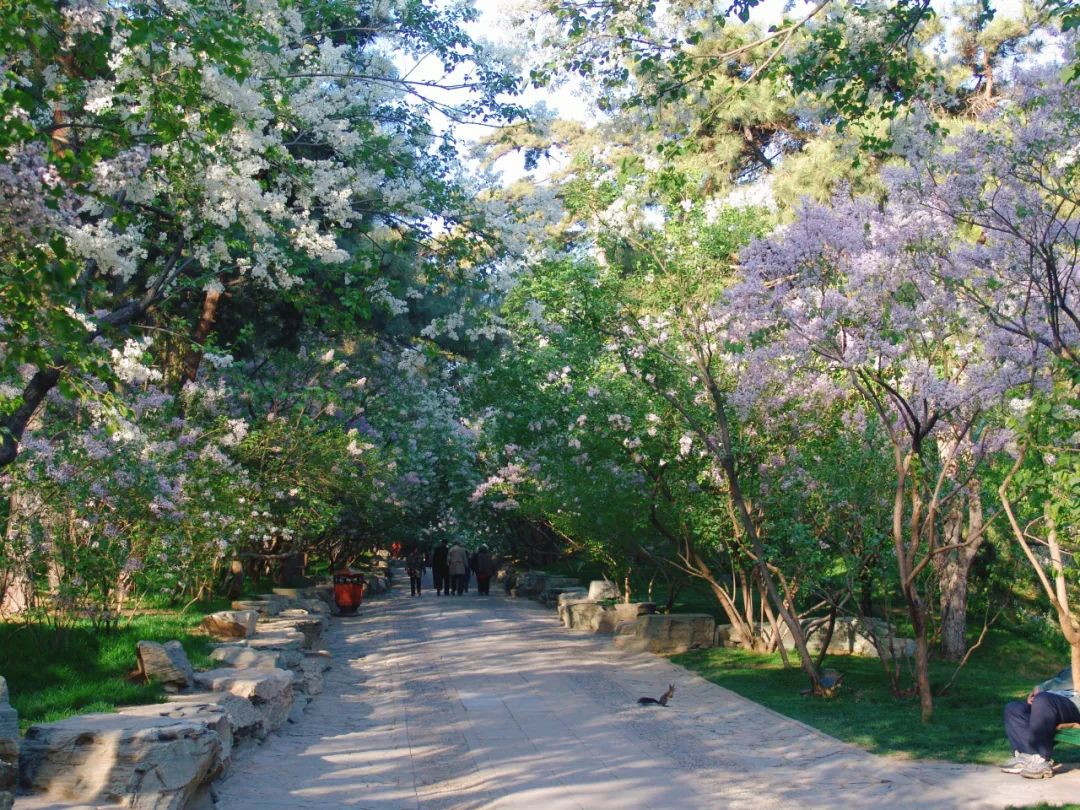
The back hill of Longevity Hill in the Summer Palace is known as "Lilac Road" due to the hundreds of lilac bushes planted along the path. As you walk along the path, you are greeted by the rich fragrance of the flowers. The lilacs here have a unique fragrance, large and lush flower clusters, and elegant, harmonious colors. The purple and white flower clusters cover the branches, forming a lilac flower corridor that is breathtakingly beautiful.
Lilacs symbolize remembrance. Take advantage of the blooming season in April and enjoy the sea of flowers with your loved ones!
Address: No. 19 Xinjian Gongmen Lu (Rd), Haidian District, Beijing
Temple of Heaven
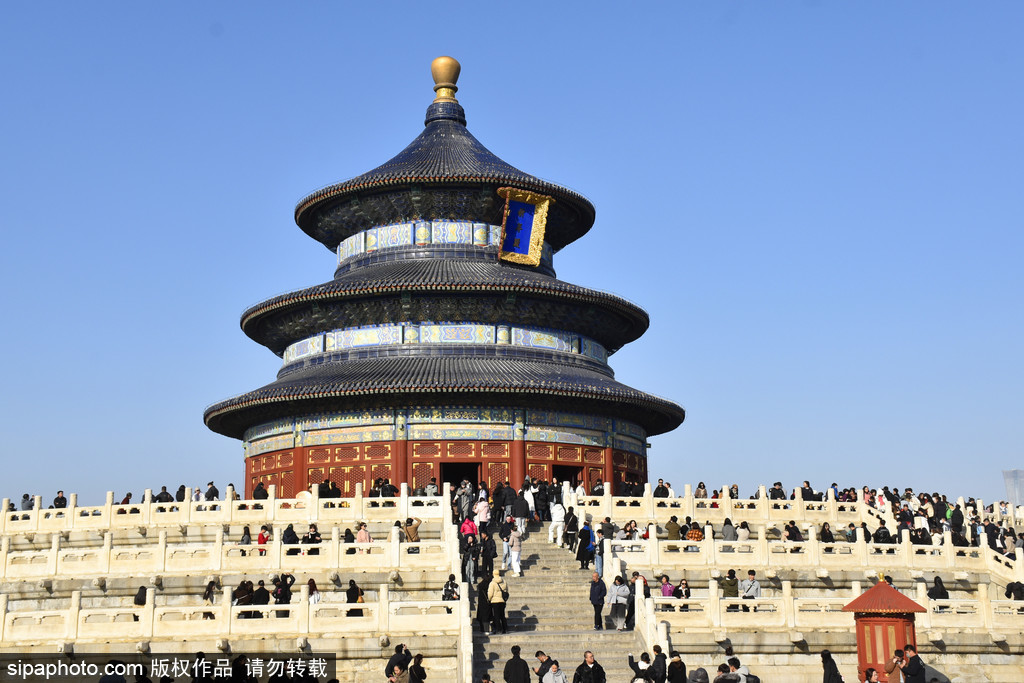
The Temple of Heaven is the largest existing ancient sacrificial building complex in the world. It was the place where the emperors of the Ming and Qing dynasties "worshipped heaven" and "prayed for good harvests." The temple complex is round in the north and square in the south, symbolizing "heaven is round and earth is square." In addition to its exquisite ancient architectural art, the spring scenery in the 600-year-old sacrificial altar is also a major attraction.
On the east side of the Rose Garden, the lilac grove, Double Rings Longevity Pavilion, and Hundred Flowers Pavilion, the white lilacs are in full bloom, awaiting your spring encounter. The white lilacs, blooming like snow, cover the branches and create a charming and fragrant pathway, adding a touch of spring to the ancient buildings.
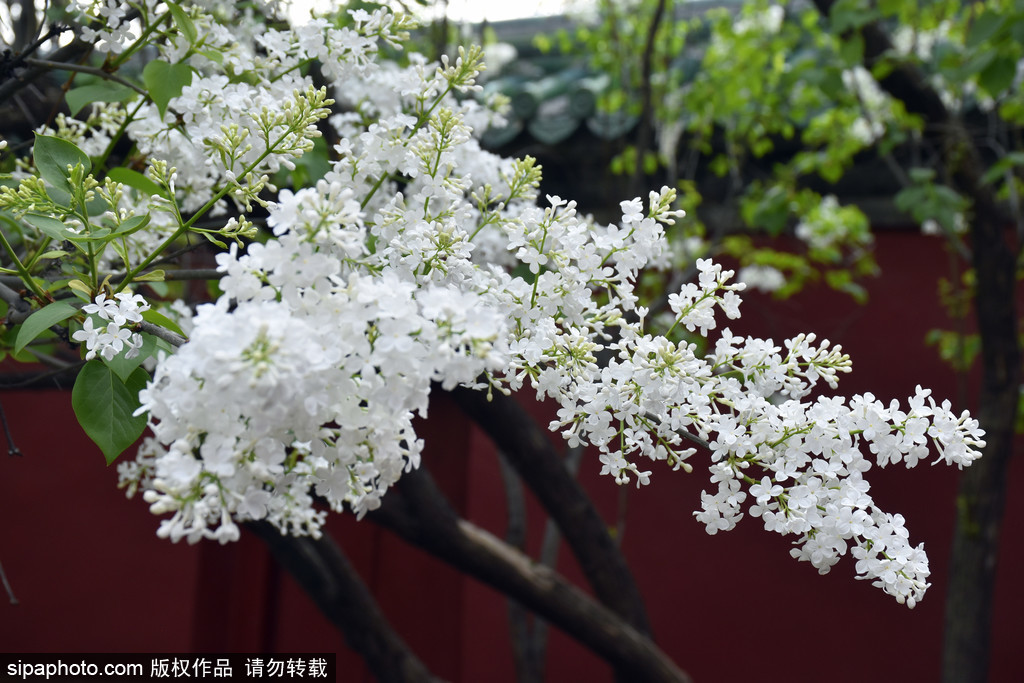
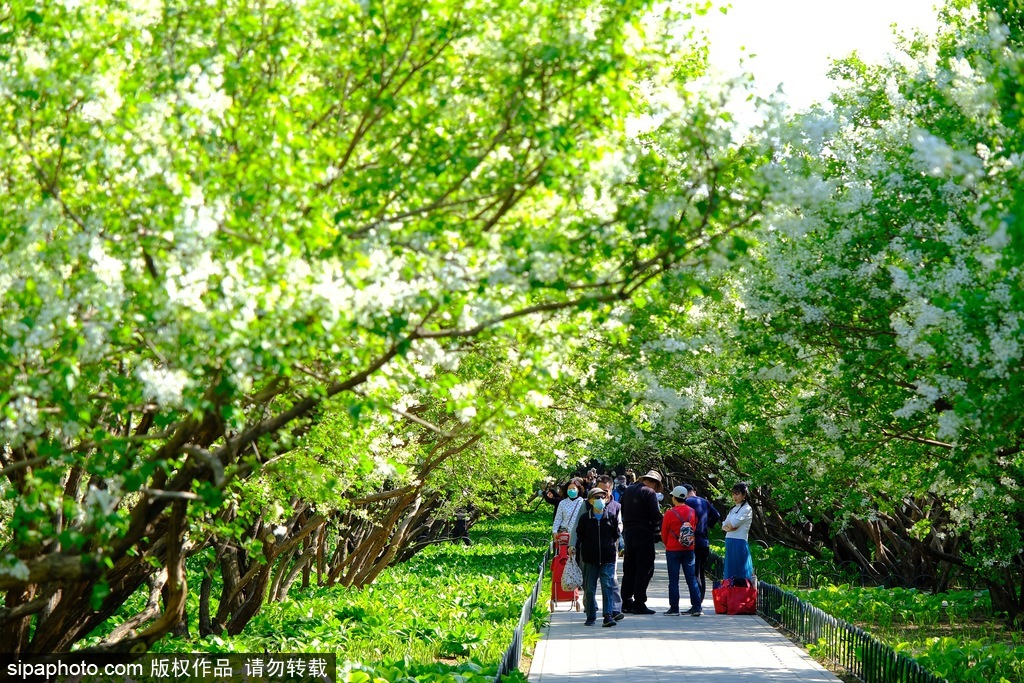
The Temple of Heaven's "Lilac Avenue" is located west of the Prayer Hall for Good Harvests. It has the largest lilac grove in Beijing, covering an area of 6,300 square meters with 240 clusters of lilacs, some nearly 50 years old. Every April, the lilac scent is intoxicating, and walking among them feels like stepping into a fairy tale world.
Address: No. 7 Tiantan Dongjie(East Road), Dongcheng District, Beijing
Taoranting Park
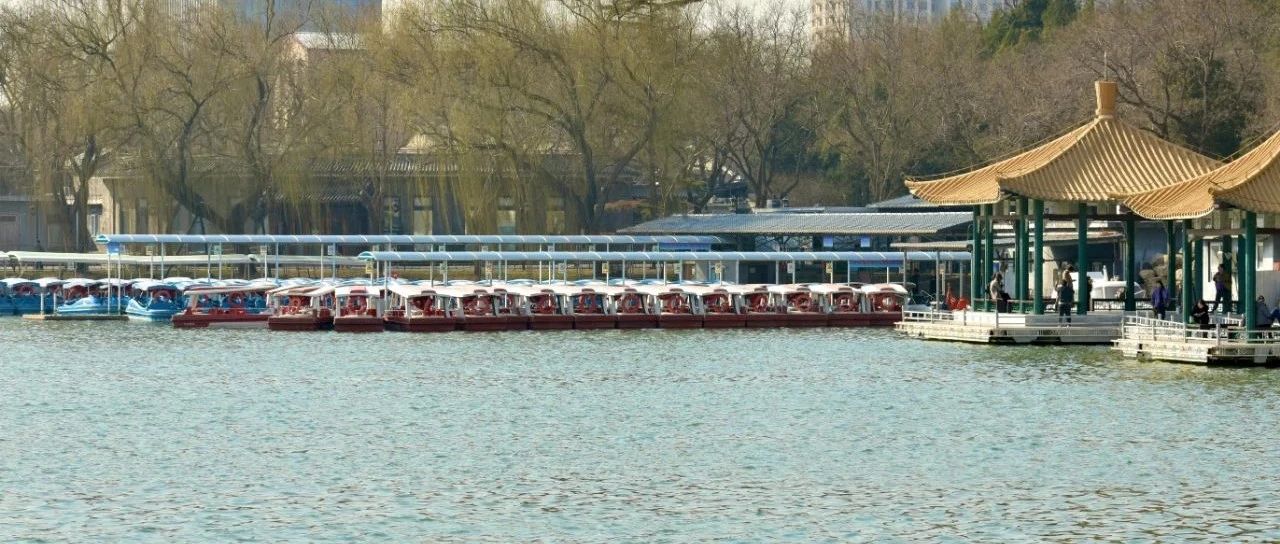
Taoranting Park is a modern urban park that integrates ancient and modern garden art, highlighting the "pavilion culture" of the Chinese nation. Spring is the best time to visit Taoranting Park for a flower-viewing tour.
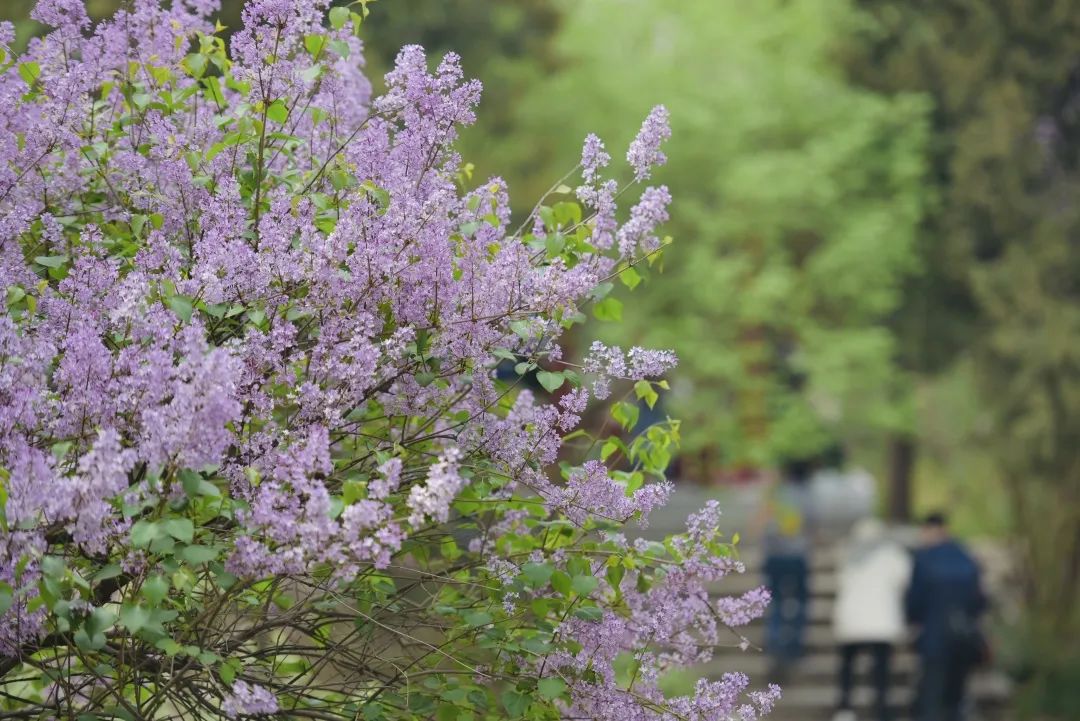
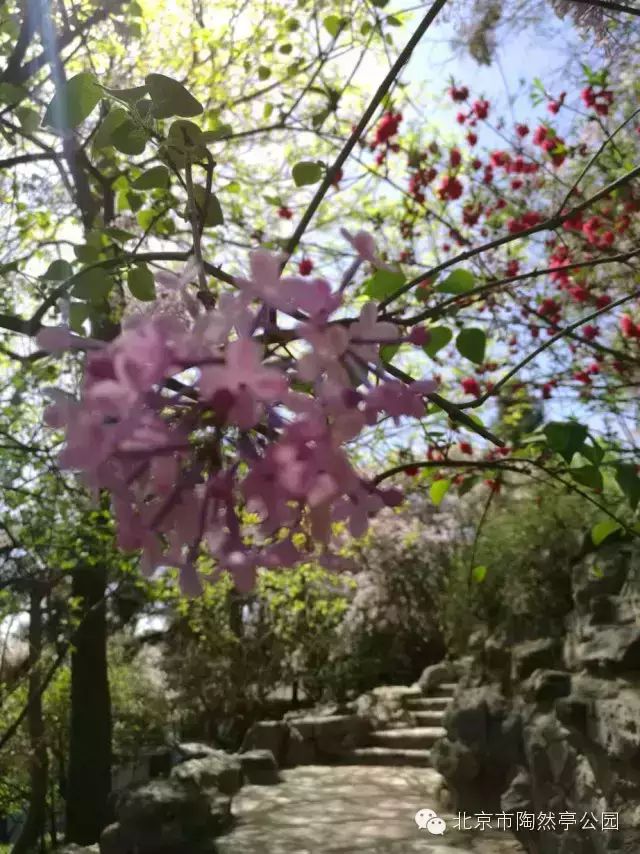
As one of the floral attractions in Taoranting Park, lilacs are best viewed from early to mid-April. Visitors can enjoy the lilacs at Kiln Platform Hill and the Huaxia Famous Pavilion Garden.
Kiln Platform Hill has a large number of lilac plants. Walking up the hill feels like walking in a sea of lilacs, where you can appreciate the graceful and fragrant lilac flowers along the winding paths.
Address: No. 19 Taiping Jiedao(St), Taiping Jie(St), Xicheng District, Beijing



